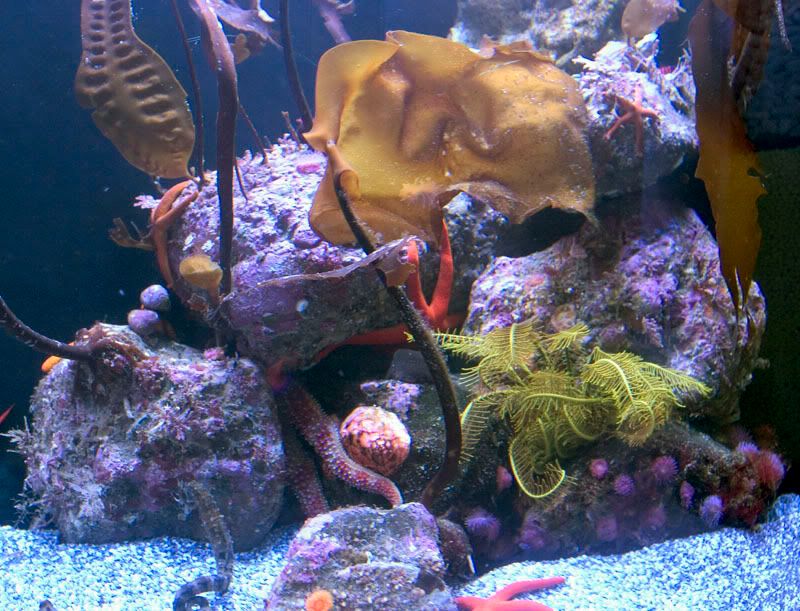Originally Posted by
RachelRocket
Steve (and Ophiura)
. My pet store said that they would purchase the live rock back from me at 50% of what I paid for it; would you recommend I replace the tropical live rock with local live rock and sand?
I hope you don't mind my response, or in keeping it here on the board. I think others can learn from the dialogue.
Buying LR in this matter is a bit unfortunate...but the LFS sees this as making good money. This is, IMO, part of the scam also of selling damselfish to cycle tanks. They will "generously" buy them back for half at best, and turn around to resell, over and over, at full price (until they die from this). Generously buying back perfectly good live rock that you've had a few weeks at half price, ugh...sorry.
I guess they have to make the money too, but still, it irks me a bit to see

The advice given above to "stop listening to your LFS that knows nothing about cold water tanks" holds VERY true.
Personally I would have started with the equipment and live rock from the location, and skipped the tropical LR. I would definitely go with local, natural, LR and sand, which is *very* different in appearance and composition to the calcareous LR and sand in the "tropical" hobby. To me, it would look totally off to not use the local stuff, and there would be little benefit in the tropical rock/sand anyway (other than in buffering, I suppose) because few of the critters would survive those temps.
The tanks shown are fantastic representatives of the natural substrate and rock in the area - quite different in look to the white stuff. I love this look!!!
There was no particular need for the chromis - anything - die off on LR, excess food, grocery store shrimp, is a perfectly good ammonia source. However, if the LR is cured, it is quite possible you will see no ammonia issues....until you remove what is basically your biological filter so be very careful at that stage. Anyway, it has been done, and unfortunately you've paid the LFS more than their fair share, IMO
I personally prefer predatory stars such as Pisaster (a gorgeous star, BTW), just because you can pretty much be sure that you can provide for them. Those that are grazers on rock (biofilms, encrusting inverts, etc) are more difficult to ensure long term survival, esp in smaller systems, IMO, just like some of their tropical relatives (Fromia and Linckia).






